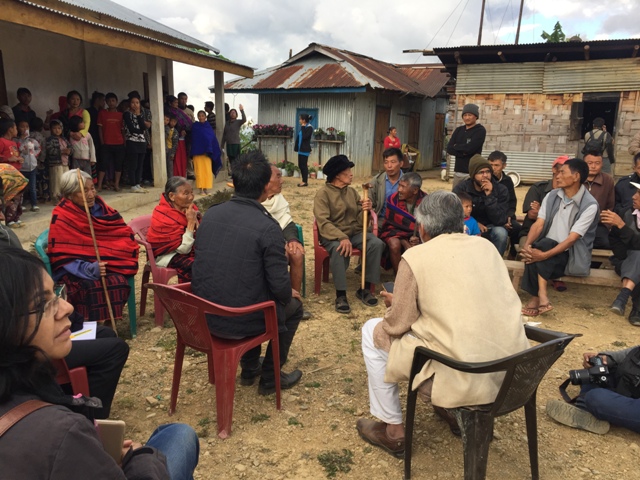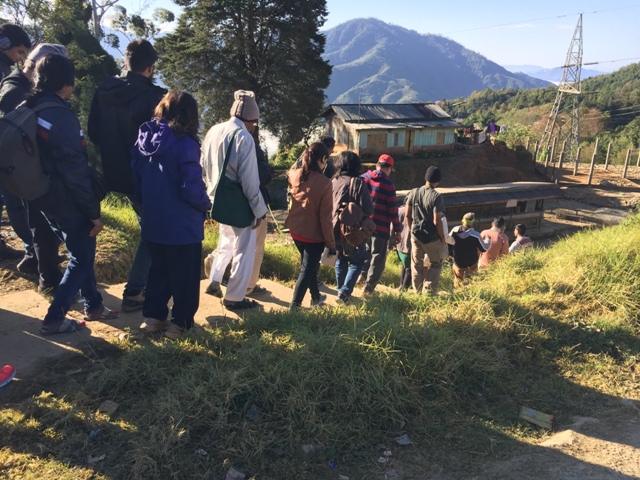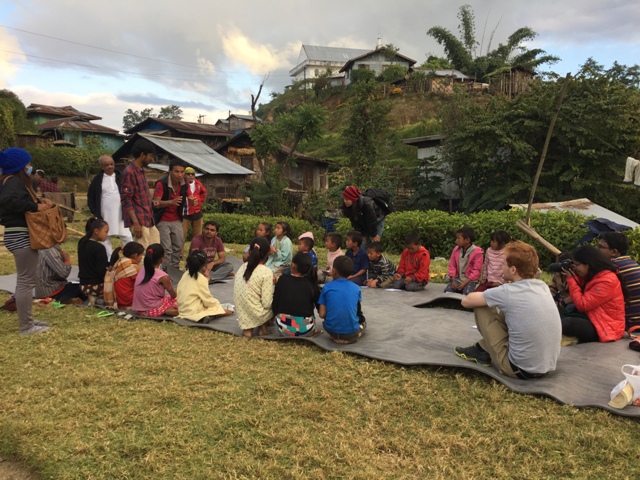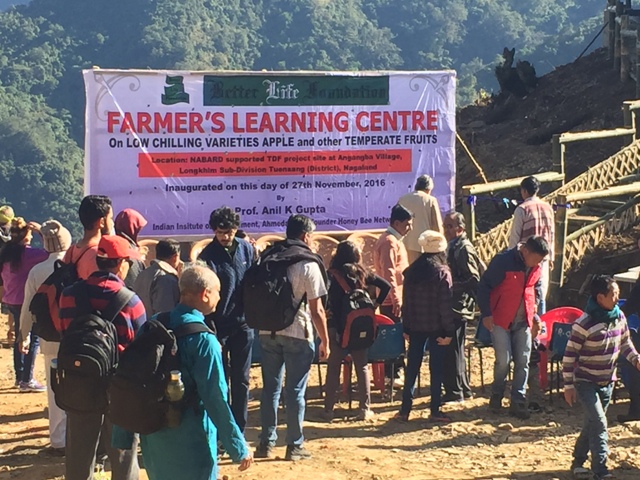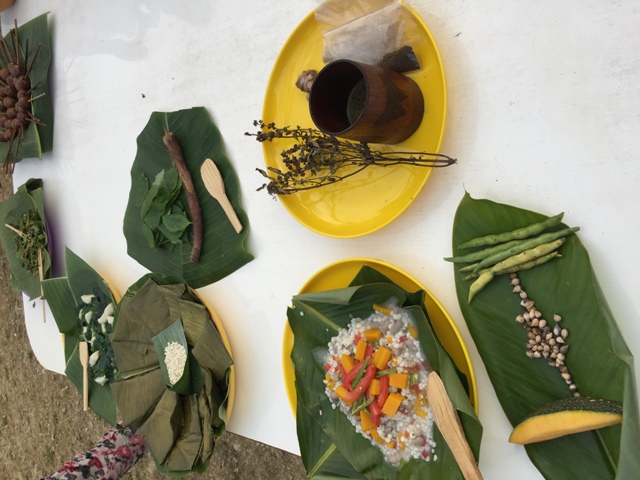Get Next Shodhyatra Update:
Phone:
079-27913293, 27912792
Email:
info@sristi.org
38TH SHODHYATRA (NAGALAND)
BIODIVERSE AND CULTURALLY RICH LAND OF NAGAS:A PHOTO ESSAY ON 38TH SHODHYATRA
What started as a strenuous walk in 1998 summer with temperatures rising to about 48 degrees Celsius in Saurashtra, a semi-arid region in Gujarat, culminated in the little snowy winter of Nagaland in December, 2016. With a Shodhyatra, learning walk every summer and winter, we have now walked in every state of the country covering over 5000 km. In addition to the two shodhyatras, I have also been walking with selected students of IIMA in eastern and western Himalayas every year in autumn. The next phase of Shodhyatra will begin from Odisha (May 11-17, 2017) and continue in different parts of the country to recognise unsung heroes of our society at their doorstep. We honour outstanding innovators in technological, institutional, educational and cultural segments of society at their doorstep. Nagaland, much misunderstood in rest of the country is a peace-loving, warm and hospitable culture.
Due to the challenging landscape, it takes almost three to four hours to cover 60 km, of distance in Tuesang district. There are limited opportunities for livelihood diversification. When jobs are scarce, birds also get scarce. In the absence of other means of livelihood, many poor people have no choice but to hunt wildlife and birds during October to March. There is a shut period for hunting April-September due to breeding season. When we missed the sounds of birds, we realised that hunting dreams is equally difficult in the absence of many opportunities for value addition in local resources, crops and crafts.
A genial and hospitable society, Naga communities opened their hearts and huts for us to stay there as long as we may wish. I wish the people in the rest of the country could reciprocate even a fraction of love for the youth from Nagaland and other northeastern region, which they showed. Educational level was high but condition of government schools varied from village to village. In some villages, dropout rate was very high after 10th or 12th class. Most villages had school only up to sixth or eighth class only.
The children had to go very far for further education and since many could not afford, they dropped out. Given the difficult terrain, in some villages there are huts converted into hostel for children who lived in interior areas and would not be able to come to school every day.
Floral biodiversity was abundant and rich, and communities often drew upon uncultivated plants in their diverse cuisine. Honey Bee Network through SRISTI has built a rich knowledge base of uncultivated food plants to safeguard the future of our younger generations to avoid a situation wherein, due to climate change or other natural or human induced stresses, the handful of food grains we rely upon become vulnerable to diseases and pests.
This Shodhyatra was organised in collaboration with Better Life Foundation, eastern Nagaland. I will share the stories of extremely curious and creative children and other innovators we met later. But I must add a few highlights of the rich culture that we encountered during our walk. We met many centenarians as well as old dadas and dadis above 90 years. Most seemed to prefer a life lived on their own, at their own terms. Maybe that is the reason why they lived so long. There were grandmothers who even cooked their food themselves, lived separately from their children and shared their love with all. Of course as we observed in SRISTI’s earlier book on the lives of the centenarians, women who had a mind of their own, were headstrong in nature and seemed to be blessed with a long life. All of them shared their values of universal love, forgiveness, compassion, hatred for none and justice which they expected younger generation to follow.
The rows of flower pots, often multiple rows outside almost every hut showed their deep sense of aesthetics. Even the kitchens seemed to be like place of art, with shining utensils arranged ornamentally, as is done in many villages of Gujarat also. The quality of social sanitation was peerless. It seemed that cleanliness was an obsession with the people. Rest of the country could learn a few lessons from them in this regard. Roof-top water harvesting was another area where they excelled so well.
The Shodhyatris were overwhelmed with the love and affection of local communities. Multipurpose food processing machine, cycle hoe, bamboo stick making machines, cardamom dryer etc., were liked by all the communities as useful solutions to their problems. SRISTI, NIF and other Honey Bee Network institutions are planning to follow this up soonest.
FLICKR GALLERY
